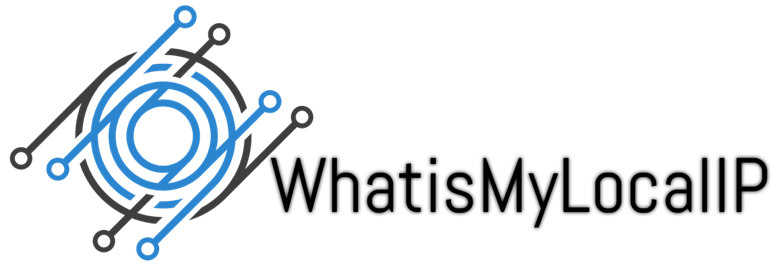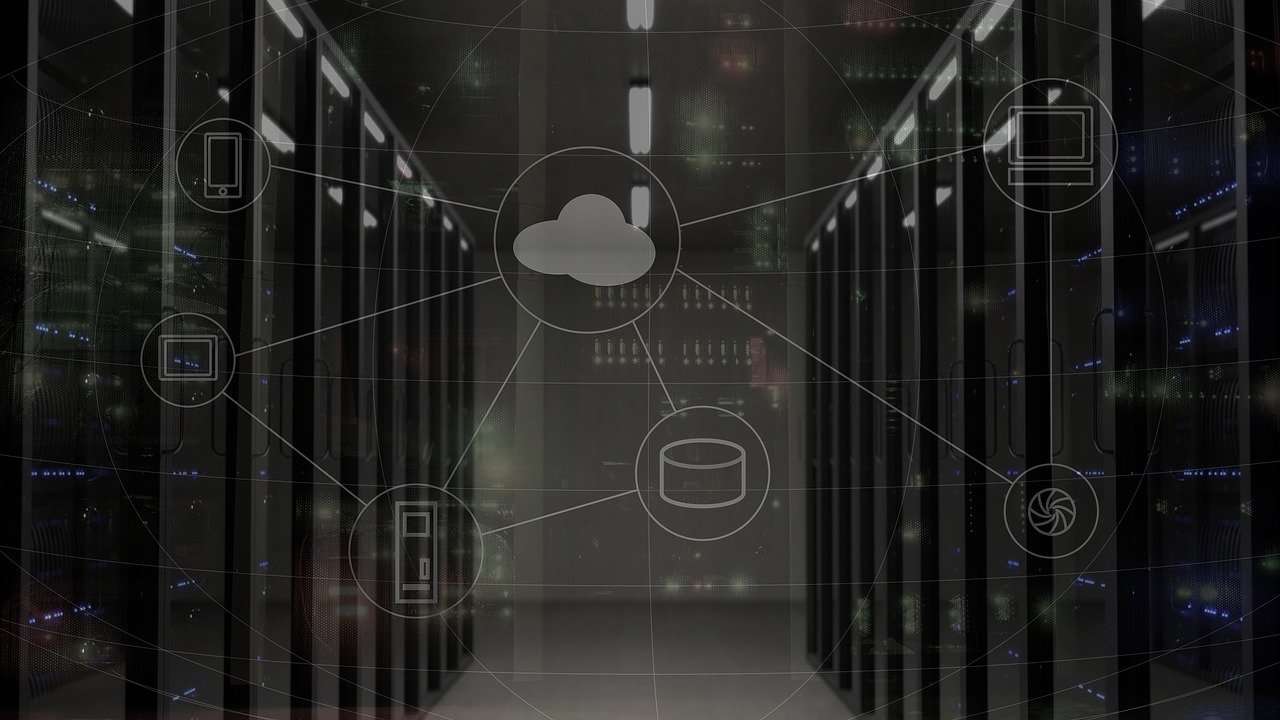The Internet of Things or IoT, depicts the network of physical objects or “things” which uses embedded software sensor and other technologies to be able to connect and exchange data over the internet with other devices and systems.
Why is the Internet of Things (IoT) Significant?
IoT has become one of the greatest inventions of the 21st century over the past few years. Now that we can link everyday objects along the lines of kitchen appliances, vehicles, thermostats, baby monitors to the internet through embedded devices – processes, things and smoother communication among everyone becomes a lot possible.
What are the Technologies have made IoT possible?
While the concept of IoT has been in existence for many years, it has become practical through a series of recent developments in a wide range of different technologies.
- Access to affordable, low-power sensor technology – The inexpensive and reliable sensors allow more manufacturers to have the ability to use IoT technology.
- Connectivity – A host of network protocols for the internet has made it easy for efficient data transmission to link sensors to the cloud and to other “things.”
- Cloud computing platforms – The increase in the availability of cloud platforms allows businesses as well as customers to easily access the infrastructure they need to expand without actually having to manage everything.
- Machine learning and analytics – Businesses can gain information faster and easier with the advancements in machine learning and analytics, along with the access to diverse and large quantities of data stored in the cloud. The development of these allied technologies continues to push the boundaries of IoT, and the produced IoT-generated data also support these technologies.
- Conversational artificial intelligence (also known as AI) – Advances in neural networks have introduced natural-language processing (NLP) to IoT devices, you can find it in many smart phones such as: Alexa, Cortana, and Siri. and made them attractive, affordable, and feasible to use at home.
What is Industrial IoT?

Industrial Internet of Things (IIoT) refers to the implementation of IoT technology in industrial environments, particularly with regards to instrumentation and monitoring of sensors and devices that involve cloud technologies.
Industries have recently taken advantage of machine-to-machine communication (M2M) to achieve wireless automation and control. But with the introduction of cloud and allied technologies (such as analytics and machine learning), businesses can reach a new layer of automation and thus create new revenue and business models.
IioT is sometimes referred to as the fourth wave of the Industrial Revolution, or Industry 4.0. Some common uses to IIoT are as follows:
- Smart manufacturing
- Preventive and predictive maintenance
- Smart power grids
- Smart cities
- Connected and smart logistics
- Smart digital supply chains
Unlock Business Value with IoT
While IoT is becoming more prevalent in the marketplace, companies are capitalizing on the immense business value it can bring. Those advantages include:
- Utilizing data-driven insights from IoT data to help manage the business better
- Improved productivity and performance of business activities
- Creation of new business models and sources of revenue
- Connecting the physical business world with the digital world quickly and effortlessly to drive quick time to value
The applications of the Internet of Things (IoT)

IoT applications are pre-built software-as-a-service (SaaS) applications that can evaluate and convey captured IoT sensor data to business users through dashboards.
To analyze massive volumes of connected sensor data in the cloud, IoT applications use machine learning algorithms. Using IoT dashboards and notifications in real-time, you gain insight into key performance metrics, mean time statistics between failures, and other information. Machine learning-based algorithms can detect irregularities in equipment and send alerts to users and even activate automated fixes or proactive countermeasures.
Business users can quickly improve current operations for supply chains, customer service, human resources, and financial services through cloud-based IoT applications. There is no need to reinvent whole command processes.
What are the top IoT applications?
The capacity of IoT to provide sensor information and enable device-to-device communication is driving a broad spectrum of applications. These are some of the most famous applications and their functions.
- Create new automated machine with high efficiencies in manufacturing – Machines can be monitored and analyzed continuously to ensure that they are performing and complying within the required tolerances. Products can also be monitored to detect and fix quality defects in real-time.
- Improve the track of physical assets “ring-fencing” – Tracking helps businesses to identify the location of the assets easily. Ring-fencing enables them to ensure high-value assets are protected against theft.
- Use wearable technology to monitor human health – IoT wearable give people a better understanding of their own health and allow doctors to monitor patients remotely. The system also helps businesses to monitor their employees’ health and safety, which is especially beneficial to workers who are employed in hazardous environments.
- Drive efficiencies and high speed – An example of this is the use of IoT to make fleet management more effective and safer. To improve efficiency, companies can use IoT fleet monitoring to direct trucks in real-time.
- Enable business process changes – Examples of this would be the use of IoT devices to monitor the health of remote machines and to prompt service calls for preventive maintenance. The ability to track machines remotely also enables new product-as-a-service business models, where consumers no longer have to purchase a product but pay for its use instead.
Which are the Industries that can benefit from IoT?
Below are the most appropriate organisations for IoT, these are the ones that will benefit from using sensor devices in their business processes.
Manufacturing
Manufacturing companies can gain competitive advantage by using production line monitoring to enable proactive maintenance on equipment when sensors detect an imminent failure. In fact, sensors can measure when production output is compromised. Manufacturers can easily test equipment for accuracy with the aid of sensor alerts, or withdraw it from production until it is repaired. This enables companies to reduce operating costs, improve uptime and improve asset performance management.
Automotive
The automotive industry stands to realize substantial benefits from using IoT applications. Besides the advantages of implementing IoT to production lines, sensors can predict the imminent failure of equipment in vehicles already on the road. They can warn the driver with details and suggestions. Automotive companies can keep the cars updated, thanks to aggregated information gathered by IoT-based applications.
Transportation and Logistics
Thanks to IoT sensor data, fleets of cars, trucks, ships, and trains carrying inventories can be rerouted based on environmental conditions, vehicle availability, or driver availability. Also, the inventory itself could be embedded with sensors for the track- and- trace monitoring and temperature control. Industries along the lines of food and beverage, flower, and pharmaceutical often carry temperature-sensitive inventories that would greatly benefit from IoT monitoring applications that send alerts when temperatures rise or fall to a point that threatens the product.
Retail
IoT applications enable retail businesses to handle inventories, enhance customer service, optimize the supply chain and reduce operating costs. Smart shelves fitted with weight sensors, for example, can collect RFID-based information and send the data to the IoT platform to automatically track inventory and trigger alerts when stock are getting low. Beacons can send targeted offers and promotions to provide customers with an enjoyable experience.
Public Sector
The advantages of IoT are equally wide-ranging in the public sector and different service-related settings. For instance, government-owned utilities can use IoT-based applications to lert consumers of any outages and in power, water. IoT applications can gather information regarding the scope of an outage and deploy resources to assist utilities in living through outages with high speed.
Healthcare
IoT asset observance provides multiple edges to the healthcare industry. Doctors, nurses, and orderlies usually have to be compelled to recognize the precise location of patient-assistance assets such as wheelchairs. Once the wheelchairs of a hospital are fitted with IoT sensors, they can be monitored from the IoT asset tracking program, so that the nearest accessible wheelchair can be found quickly by anyone searching for one. Several hospital assets can be tracked in this manner to ensure proper usage likewise as financial accounting for the physical assets in every department.
General Safety Across All Industries
Apart from monitoring physical properties, IoT can be used to improve the safety of employees. For example, workers in hazardous environments such as mines, oil and gas fields, and chemical and power plants need to be aware of the possibility of a dangerous incident that could harm them. Once they are connected to IoT sensor-based applications, they will be notified of accidents or rescued from them as quickly as possible. IoT devices are also use on wearables capable of tracking human health and environmental conditions. These types of applications not only help people understand their own health better, but they also allow doctors to monitor their patients remotely.
How is IoT drive the World? Take a glance at Connected Cars.
IoT reinvents the automobile by making connected cars. With IoT, car owners can run their cars remotely — for example, preheating the vehicle before the driver gets into it or by requesting a car over the phone remotely. Provided the ability of IoT to allow device- to – device communication, cars would also be able to book their own service schedules when necessary.
The connected car makes it possible for automobile manufacturers or dealers to turn the model of car ownership on its head. Manufacturers historically had an arms-length relationship with individual purchasers (or none at all). Primarily, the connection between the manufacturer and the car came to an end once it was sent to the dealer. Car manufacturers or dealers may have a continuous relationship with their customers using connected cars. They can charge drivers usage fees rather than selling vehicles, offering a “transportation -as -a -service” using autonomous vehicles. IoT enables manufacturers to continuously upgrade their cars with new technologies, a sea-change shift from the conventional car ownership model in which vehicles depreciate in efficiency and value at once.

